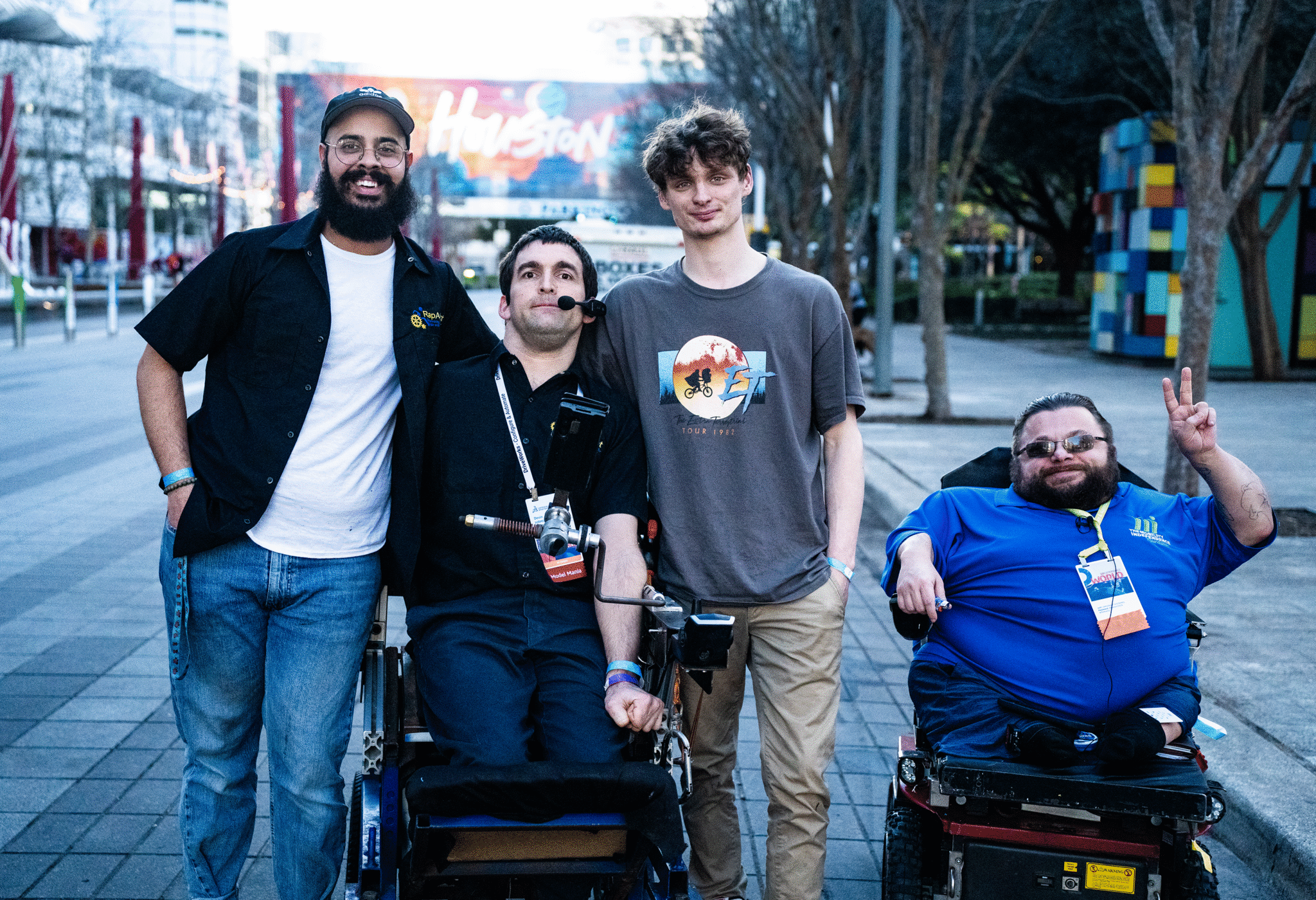The application of power assist should move more from a reactive approach to a proactive approach. For example, instead of thinking, “I will get a power assist when I need it in the future,” we should think, “I’m getting a power assist device now, so I won’t need it in the future.” The Paralyzed Veterans of America Clinical Practice guidelines tells us that nearly 75% of manual wheelchair users experience shoulder pain. And as a clinician who worked in seating and mobility for 9 years prior to working for Permobil, my work experience supports this claim.
Our current medical model and funding systems are mostly based on reacting to complications versus preventing them. We also think about power assist devices as products that are required for specific environmental conditions (e.g. carpets, long distances). Pushing a wheelchair is only one factor that contributes to shoulder issues. Other activities such as reaching from a seated position and transferring increase the activity demand of wheelchair users’ shoulders. Also, there is the thought that a wheelchair user doesn’t want to give up propelling their chair every day in order to maintain a higher level of physical exertion. And although all of these topics are important to consider, we should also consider the overall cumulative effect of shoulder demand for wheelchair users.

Power Assist Useful for ADLs, Caregivers and More
Power assist devices can be a great solution for many mobility related ADLs (activities of daily living). We can use a power assist device when we’re carrying objects, grocery shopping, pushing a baby stroller, going up ramps or hills, mopping, sweeping, or when we need to negotiate thresholds or carpet inside of the home or outside of the home. A power assist device is not only a solution for something that could be done within the home but also for recreation. And if someone is worried about the loss of physical activity or exertion when considering a power assist device, maybe for them they only choose a few of these activities. Or the power assist device is used during MRADLs (mobility-related activities of daily living), so that time at the gym or training for a race is focused on that activity instead of propelling.
Another consideration when thinking about applying a power assist device in a proactive manner vs. reactive, is including more manual wheelchair populations than just those who propel with both arms. People with hemiparesis that use a manual wheelchair as their main means of mobility use a propulsion pattern that is inherently more difficult than those that use both of their arms. This is supported by Kirby et al., who studied hemiparesis propulsion in patterns in 2005. If a person has a propulsion pattern that is inherently more difficult than a person who propels with both of their arms, they can benefit from a power assist device as well. Adapting power assist devices to use switches can enable those with hemiparesis (and many others) to effectively use the power assist device.

These same switches can be adapted to so children or even adults can use the switch with a foot or residual limb similar to a gas peddle in a car. Last, and definitely not least, what about our caregivers? For those who push their loved ones 100% of the time or even part of the time, the option to have an assist expands what the user can experience and decreases the efforts of the caregiver at the same time.
Changing how we think and behave is not easy. But if we understand the benefits of changing our behavior and the implications of not changing our behavior, this can help motivate us to make the changes necessary to approach wheelchair usage in a proactive vs. reactive manner. Also, knowing what options exist helps us to make better choices. If you have any questions or want to talk more on this topic please reach out to [email protected].






